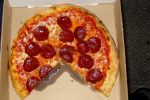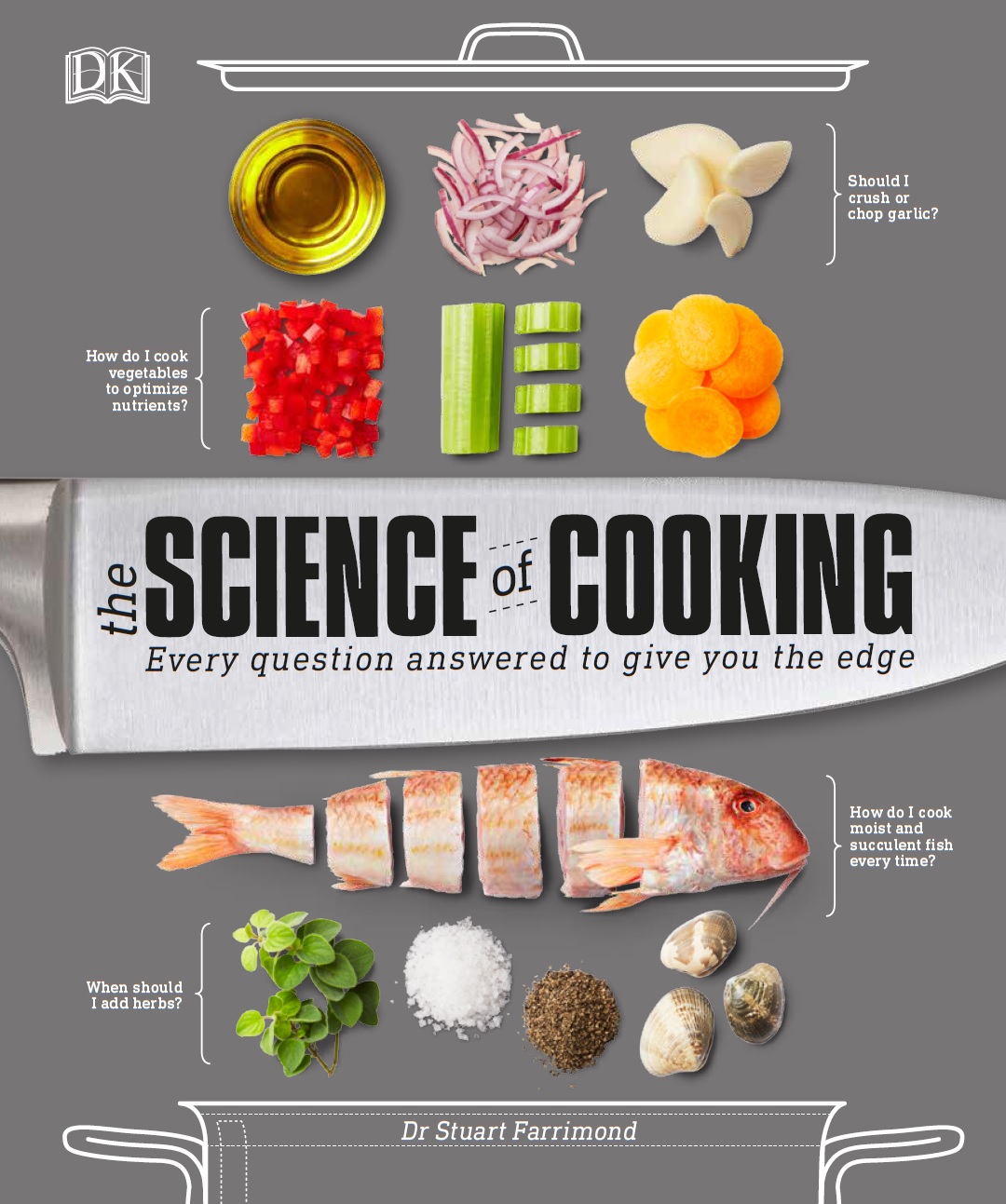 It’s a Saturday night. Perhaps you shouldn’t have had that last Babycham, but it’s been a hard week and you deserve it. Now, like a Siren luring you to the rocks, the takeout calls. Will it be the kebab van, the burger joint or pizza parlour?
It’s a Saturday night. Perhaps you shouldn’t have had that last Babycham, but it’s been a hard week and you deserve it. Now, like a Siren luring you to the rocks, the takeout calls. Will it be the kebab van, the burger joint or pizza parlour?
Unlike tightly regulated franchises, most high street vendors don’t need to consider the healthiness of their portions. What we shovel in our gob on a night out is largely an unknown. A team of calorie committed researchers braved the streets to discover what REALLY is in our favourite celebratory cuisine. In this ‘what is really in your food’ series of blog posts, the first delicacy to be brought into the cold light of day is the pizza… (next time, burgers)
What is in your pizza?
I don’t remember much of my ‘food technology’ lessons, save the time I made a pizza. Proudly exhibiting my precisely cut mushroom and pepper slices adorning a perfectly round margherita base, I recall the teacher’s words “a pizza is probably quite healthy for you”. I guess the definition of ‘healthy’ is open to interpretation…
Researchers in Éire (both Northern Ireland and the Republic of Ireland) visited 60 locally-owned and franchise pizza outlets to sample the nutritional qualities of the British/Irish takeaway pizza. They purchased cheese and tomato, pepperoni and Hawaiian 12 inch pizzas. They bought both thick and thin base options if available. Stealing them back to the lab, they analysed 240 pizzas. The car must have smelt incredible.
1) Not all 12 inch pizzas are 12 inch pizzas
You would be wrong to presume all 12 inch pizzas are about the same. The differences can be staggering: Hawaiian pizzas varied in weight from 350 grams to over a kilogram. Incidentally, the heaviest hawaiian pizzas also contain enough energy to feed two children… for a day.
2) Pizzas are saltier than the sea
Adults should avoid regularly consuming more than 6 grams of salt per day. Considering salt is in many things we buy and eat (bread, etc) reaching this upper limit with three meals isn’t difficult.
But, why go to the bother of eating three meals? A typical high street pizza will provide 8 grams - or 110% of what you need in a day.
Oh, and for comparison - a pizza contains about 16 grams of salt per kilogram. Most seawater contains 32 grams per kilogram. However, the Baltic Sea has lower salt levels (8 grams per kilogram). So pizzas really are saltier than the (Baltic) Sea.
You’re gonna need plenty of fluid to wash that down with.
3) More calories and fat than 6 McDonald’s hamburgers
No one ever said a takeout pizza was a healthy option, but given that the average pizza has 80% of a day’s total recommended calorie intake (based on 2000 kcal GDA for a woman) - they are probably best shared. Unless, that is, you are a marathon runner or endurance athlete (round-the-world cyclist Mark Beaumont‘s record breaking journey required an intake of 6,000 kcal per day).
SafeFood‘s recommendation that a pizza should be an ‘occasional’ treat is sensible (‘once a week or less’). That said, just as there are king-size differences in pizza weight, so there are in the calories they contain: the heftiest 12 inch pepperoni had 3,800 calories whereas a lightweight margherita yields a meagre 230 calories.
Key Pizza Nutrition Stats
- Average shop-bought thin base pepperoni pizza = 754 Kcal; average takeaway = 1483 Kcal
- Salt levels in takeout pizza varied from 4.6g (78% GDA) to 8.3g (138% GDA)
- 12 inch pizza weights: Max 1074g, Min 230 g
- Cheese & Tomato pizza calories: 639 Kcal (min, thin) - 2821 (max, thick)
- No significant difference in salt, fat and calories between Hawaiian and Pepperoni pizzas
- 120 pizzas sampled from urban/rural areas with a two-third/one-third split between Republic of Ireland (ROI) and Northern Ireland (NI) respectively
‘Healthy eating’ tips when munching the mozzarella
Should you be wishing to enjoy a pizza whilst staying mindful of your heart, here are some tips:
- Go for shop-bought pizzas - they have significantly fewer calories (about a third less), less fat and salt
- Stick to cheese and tomato or
- Choose chicken or tuna toppings rather than pepperoni or ‘meat feast’
- Thin base pizzas are less calorific
 Putting left-overs in the fridge for the next day’s breakfast is always a strategy. Many a student swears by reheated pizza, although I find congealed cheese and soggy dough a recipe for indigestion. This may explain my enduring aversion to pizza. I know I’m probably missing out, but at least my arteries will thank me.
Putting left-overs in the fridge for the next day’s breakfast is always a strategy. Many a student swears by reheated pizza, although I find congealed cheese and soggy dough a recipe for indigestion. This may explain my enduring aversion to pizza. I know I’m probably missing out, but at least my arteries will thank me.
Thanks for reading - all opinions expressed are my own. This blog is intended for information and entertainment purposes and is not to be used for medical or health guidance. Feel free to discuss in the comments below…
Follow @realdoctorstu
Read the full report:
SafeFood (2012). Pizza – What’s in that box? Nutrition Takeout Series Feb 2012 SafeFood: Cork










Thank you Dr Stu - I though this would turn out to be the case. How about a home made pizza - shall I make one and see if it really can be a healthy food - after all its only a flat bread with a few veg and some cheese ?
But there is some thing you could help me with but it might put you off any pizza - I work in Early Years education as you know and I have been worrying about Play Dough and whether it would transmit thread worms from one child to another.
Apparently up to 30 of young children have these parasites at any one time. I would not like to do without play dough because it encourages such a wide range of development . The playdough is made from 3 parts flour to 2 parts salt, with some cream of tartar ( a teaspoon full per 500 grams) and water and a little cooking oil. Would this be salty enough to kill the eggs of thread worms ? I have asked NHS direct but they are not sure.
Happy New Year.
Posted by Ruth Behan | December 31, 2012, 4:16 pmHi Ruth,
I’ve put this question to our micro expert at Guru Magazine. Here’s her answer: http://gurumagazine.org/askaguru/will-play-dough-spread-threadworms-at-nursery/. Hope that helps!!
Posted by Stuart Farrimond | January 30, 2013, 4:29 pmHi I have aquestion- when you have a fever you either feel hot and shed clothing, or shiver and Doc tells you to take off excess clothing, but if you are shivering your body surely wants to be kept warm…. Thanks Mr A. B. Cold.
Posted by Maree Farrimond \(N\) | January 2, 2013, 1:32 pmYour answer awaits: http://gurumagazine.org/askaguru/should-you-stay-cool-when-you-have-a-fever/
Posted by Stuart Farrimond | January 12, 2013, 1:38 pmfor your info
Posted by Maree Farrimond \(N\) | October 8, 2016, 7:54 am